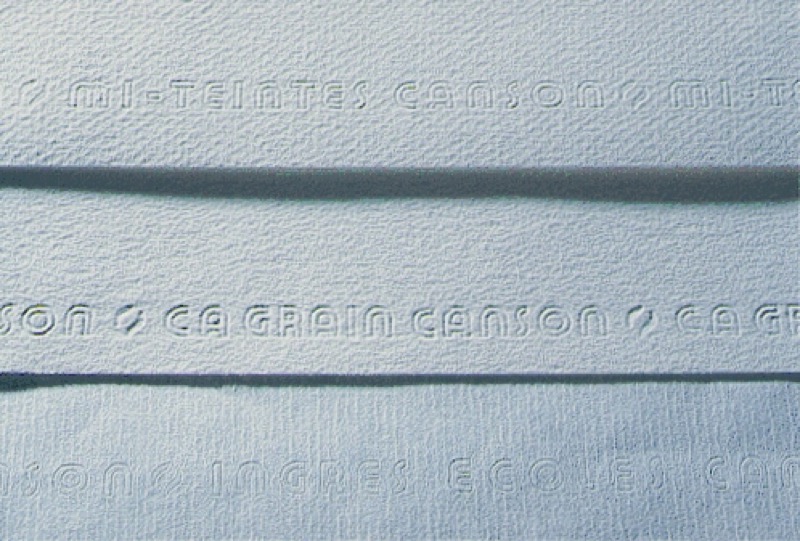Texture, format, thickness, grid: a wide range of paper, tracing paper and transparent film readily adapts to all your creations.

1. Grammage
It conditions the paper's thickness and is measured as grams per square meter:
-fine papers (under 90 g/m²) are appropriate for sketching,
-intermediate (up to 200 g/m²), adapt to most kinds of work,
-thick (300 g and more) are designed for wet media such as watercolor.
2. Format
It is standardized and comes in six formats: from A0 (1 (m)2), up to A5 (the smallest one). Each format represents half of the previous one. Most used are the two classics, A3 and A4.
3. Texture
The quality of a technical drawing relies on perfect lines: opt for slightly textured paper, whether fine grained or satin finish, and even completely smooth, such as Bristol board.
Memo: There’s a paper for every medium
-Graphite: white or slightly tinted (beige, ocher, gray…).
-Color pencils: fine grained to make the pigments hold.
-Markers: paper known as "layout" paper holds ink and limits smudges.

4. Graph paper
Technical drawing implies high precision. Choose it taking your subject's constraints into account.
-White drawing paper and Bristol board are available as graph paper.
-The covers of "to scale" pads of tracing paper come as 5 mm grid charts.
-There are several models of graduated paper: classical, with isometric (triangular) or logarithmic grids. These grids are available in two colors, bister and blue, that are almost invisible after photocopying or printing (when you scan your work).

5. Special madia
To perfectly reproduce or work on various aspects on a single plane and overlay them.
Satin tracing papers are available as sheets or rolls between 45 and 115 g/(m)2. A case can also be made for polyester and acetate films, which are completely transparent (up to 180 g/(m)2).
Recommended product:
Sketching Tracing Paper
